What is resin? Simply put, it's a liquid medium that transforms into glass-like masterpieces in the hands of artists. This substance has revolutionized the art world, allowing creators to capture depth, movement, and brilliance in ways traditional media cannot.
From dazzling jewelry to mesmerizing countertops, resin opens a world of possibilities for arts and crafts enthusiasts. Stick with us as we explore the fascinating science behind resin, techniques to start your journey, and how this material can help you with artistic expression.
Discover our crystal-clear, bubble-resistant epoxy resin perfect for beginners and pros alike. Create stunning art with formulations designed for exceptional results!
What Is Resin?

Resin exists in both natural and synthetic forms, each with unique properties that make them valuable for art and practical applications. Natural resins come from plants while synthetic resins are created through chemical processes.
Natural Resin
Natural resin is a thick, sticky substance that plants, especially trees, produce. You might recognize it as the golden sap that oozes from pine trees.
Trees produce resin through special ducts in their bark and wood. When the tree gets injured, it secretes resin to seal the wound and protect itself from bacteria and pests.
Common types of natural resins include:
- Pine resin - from pine trees, used in traditional medicines
- Amber - fossilized tree resin that's millions of years old
- Frankincense and myrrh - aromatic resins used in incense and perfumes
How Natural Resin is Used
For thousands of years, humans have harvested and used natural resins in art and practical applications.
When working with natural resins, you must heat them to make them pliable or dissolve them in solvents to create usable materials for your artistic projects.
Traditional artists have used resins to create varnishes, mix with pigments, craft jewelry, and even produce incense.
Ancient Egyptians used natural resins for mummification, while Greek and Roman artists incorporated them into their painting techniques. Today, you can still find natural resins in some art supplies, though synthetic alternatives have become more common.
What Are Synthetic Resins?

Synthetic resins have transformed the art world by offering consistent quality and specialized properties that natural resins can't match. These lab-created alternatives give you more control over your creative process.
Epoxy Vs. Polyurethane Vs. Polyester Resins
Epoxy resins are the most popular choice for art projects due to their clarity, strong adhesion, and minimal shrinkage. They cure slowly, giving you plenty of working time to adjust your design or remove bubbles.
Polyurethane resins cure faster than epoxy, making them ideal when you need quicker results. They're also more flexible when hardened, which helps prevent cracking in certain applications.
Polyester resins are typically the most affordable option. They cure extremely hard and are commonly used in fiberglass applications. However, they emit strong odors during curing, so you'll need proper ventilation.
How Do Synthetic Resins Work?
Synthetic resins are like a two-part magic potion. When you mix the resin (Part A) with the hardener (Part B), they start a special reaction that turns the liquid into a solid.
Think of it like building a house. The molecules in the mixture connect to each other, creating strong chains that interlock. The more connections they make, the harder your finished piece becomes.
Temperature matters a lot! Most resins work best in a room that feels comfortable to you (70-75°F). If it's too cold, your resin stays sticky. If it's too hot, it hardens too fast and traps air bubbles.
Getting the mixture right is super important. Most resins need equal amounts of Part A and Part B (like 1 cup of each). Always measure carefully - it's like following a recipe when baking!
Using Epoxy Resin for Art
Epoxy resin transforms ordinary creations into extraordinary art with its glass-like finish and versatility.
Why Do Artists Prefer Epoxy Resin?
Epoxy resin stands out as the preferred choice for artists because of its clarity and durability. Unlike polyester or polyurethane resins, epoxy creates a crystal-clear finish that resembles liquid glass when cured. This clarity lets colors shine through brilliantly.
Many artists appreciate epoxy's low viscosity, which allows for easy pouring and self-leveling. You can mix in pigments, dyes, and other additives without compromising its strength.
Epoxy also resists yellowing better than alternatives, keeping your artwork looking fresh for years.
Epoxy Curing Process
The transformation of epoxy from liquid to solid happens through a chemical reaction called curing. When you mix the resin with its hardener, you start a process that generates heat and gradually solidifies the mixture.
Curing happens in two main phases. The initial phase takes 24-48 hours when the epoxy becomes touch-dry and firm. The complete cure takes 7 days, reaching maximum hardness and chemical resistance.
Temperature plays a crucial role in this process. Warmer conditions (around 75°F/24°C) speed up curing, while cooler temperatures slow it down. Too much heat can cause problems like bubbles, uneven curing, cracking, and yellowing.
Cut your waiting time dramatically with our advanced resin curing machine technology. Finish projects faster while achieving flawless, professional-quality results.
Essential Tools For Resin Art

High-quality epoxy resin and hardener form the foundation of your work. Purchase these as a kit for proper ratios.
For mixing and application, gather:
- Silicone or plastic measuring cups
- Wooden stir sticks
- Heat gun or torch (removes bubbles)
- Nitrile gloves and respirator mask
- Level work surface
- Plastic drop cloth
Your workspace should be dust-free, warm (around 75°F/24°C), and well-ventilated. A dedicated area helps prevent contamination of your pieces.
For specialized projects like river tables, you'll need molds or forms. Canvas boards work well for resin paintings and geode art. Small silicone molds are perfect for resin jewelry projects.
Creative Resin Art Techniques
Various techniques produce stunning visual effects in resin art. Artists can create flowing patterns, multi-dimensional artwork, and preserve objects in crystal-clear resin.
Resin Pouring
Resin pouring opens up endless creative possibilities for stunning effects. Here are some favorite techniques artists use to create eye-catching patterns:
Basic Resin Pour
This technique is where all resin artists begin their journey. It involves simply mixing and pouring colored resin to create a base for more complex effects.
Dutch Pour
The Dutch pour is used for creating flowing designs that mimic natural landscapes. This technique uses air to move the resin into organic patterns.
Dirty Pour
The dirty pour delivers dramatic marbled effects with minimal effort. It's perfect for creating unique, unrepeatable patterns with stunning color interactions.
Layering Methods
Layering resin creates depth and dimension in your artwork. Begin with a base coat of clear or colored resin, allow it to partially cure, then add subsequent layers. Let's discuss some other advanced layering methods that artists use.
Ocean Effect Layering
You can create stunning depth by adding a thin layer of colored resin between clear layers. This technique is perfect for creating ocean-inspired artwork with realistic wave effects.
Geode Layering
For jewelry and smaller pieces, try the "geode" technique by building layers of different colored resins with metallic accents. Each layer should cure before adding the next to maintain distinct separation.
Mica Layering
Adding mica powders between layers creates beautiful reflective elements that catch light differently depending on viewing angle. This gives your artwork a dynamic quality that changes with lighting and perspective.
Embedding Objects
Embedding objects in resin allows artists to preserve memories, treasured items, and conversation pieces with depth and personal meaning. This technique transforms ordinary objects into extraordinary art by suspending them in a crystal-clear medium that highlights their beauty from every angle.
Popular items for embedding include:
- Dried flowers, leaves, and botanicals
- Seashells, sand, and beach treasures
- Photographs and printed images
- Small trinkets and mementos
- Coins and currency
- Fabric scraps and lace
- Beads and crystals
- Wood fragments and bark
- Insects (preserved properly)
- Miniature figurines
Jewelry makers often use this embedding technique for creating unique pendants or earrings with natural elements preserved inside crystal-clear casting resin. The possibilities are endless, allowing artists to capture memories and natural beauty within a durable, glass-like finish.
Achieve flawlessly clear resin every time. Our specialized airless bubble removal machine eliminates bubbles without heat damage for perfectly transparent results.
How To Handle Resin Safely
Epoxy resin contains chemicals that can irritate skin, trigger allergies, and harm your respiratory system. Over time, repeated exposure can lead to increased sensitivity and potential health issues from compounds like BPA.
Using proper safety measures protects both your immediate comfort and long-term health as you create your art.
Safety Gear
Before starting any resin project, make sure you have these protective items ready:=
- Nitrile gloves (not latex)
- Respirator mask rated for organic vapors
- Safety glasses
- Long sleeves and apron
Key Safety Practices
Follow these guidelines every time you work with resin to minimize exposure:
- Always work in spaces with good airflow
- Replace contaminated gloves immediately
- Prepare your workspace before mixing resin
- Keep resin away from food areas and pets
- Store materials in cool, dry places
Remember that safety should never be compromised for convenience. Taking these simple precautions will ensure you can enjoy resin art for years to come.
Protect your health while creating with our powerful resin air purifier. Removes harmful fumes and particles for safer crafting sessions.
Conclusion on What is Resin
Now that you understand what resin is and how to work with it safely, you're ready to transform liquid into stunning art! Remember that practice makes perfect—your first pieces might not be flawless, but each project builds your skills and confidence. The resin community is supportive and always innovating with new techniques to explore.
Want to deepen your resin knowledge? Understanding the differences between materials can take your creations to the next level. Check out our guide Epoxy Resin vs. UV Resin: What's the Difference to help you choose the perfect resin for your next masterpiece!
Frequently Asked Questions about Resin
Is resin a plastic or rubber?
Resin is technically a type of plastic. When cured, it forms a hard, durable substance without elastic properties. It starts as a liquid polymer that transforms into a solid through chemical reaction.
Does resin break easily?
Properly cured resin is quite durable and resistant to breaking during normal handling. However, it isn't completely shatterproof and may crack if dropped on hard surfaces. Thicker resin pieces are naturally more resistant to damage than thin ones.
Can you paint on resin?
Yes, you can paint on cured resin with acrylic, oil, or alcohol-based paints. Lightly sand the surface first for better adhesion. After your paint dries, seal it with another thin layer of resin for protection and depth.
What is resin used for?
Resin has countless applications from jewelry and coasters to furniture and art. Artists use it to coat paintings for a glass-like finish that enhances colors. It's also widely used in manufacturing for industrial applications including coating, sealing, and creating durable parts.


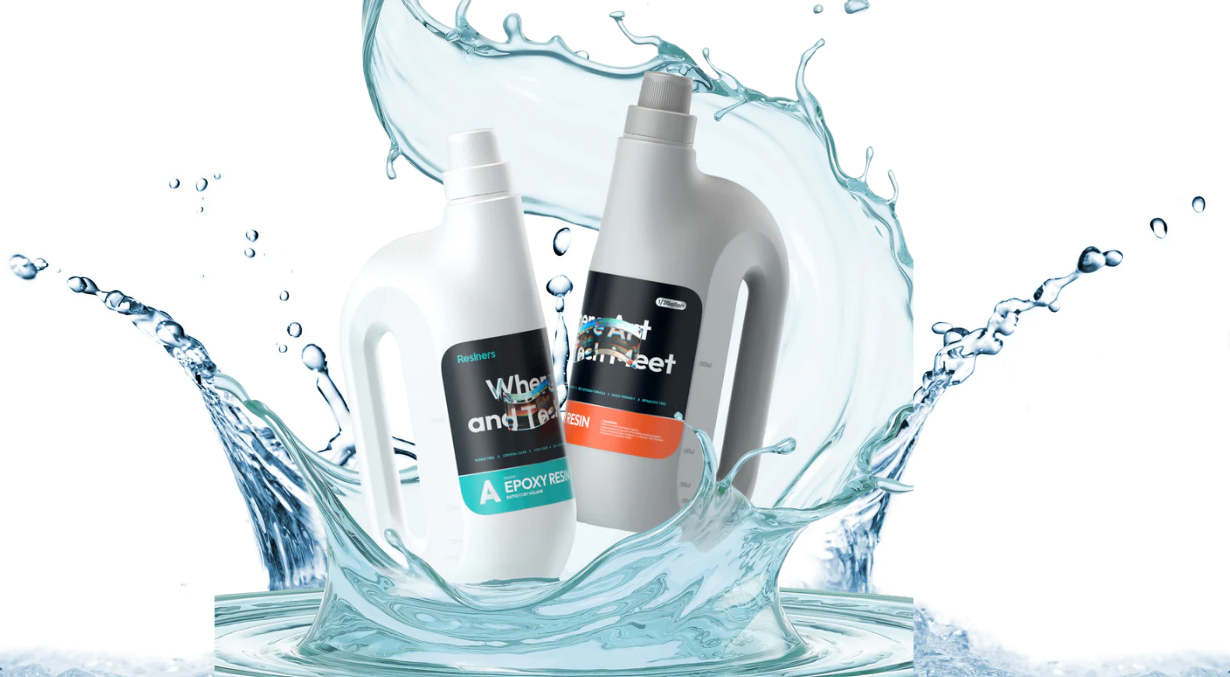
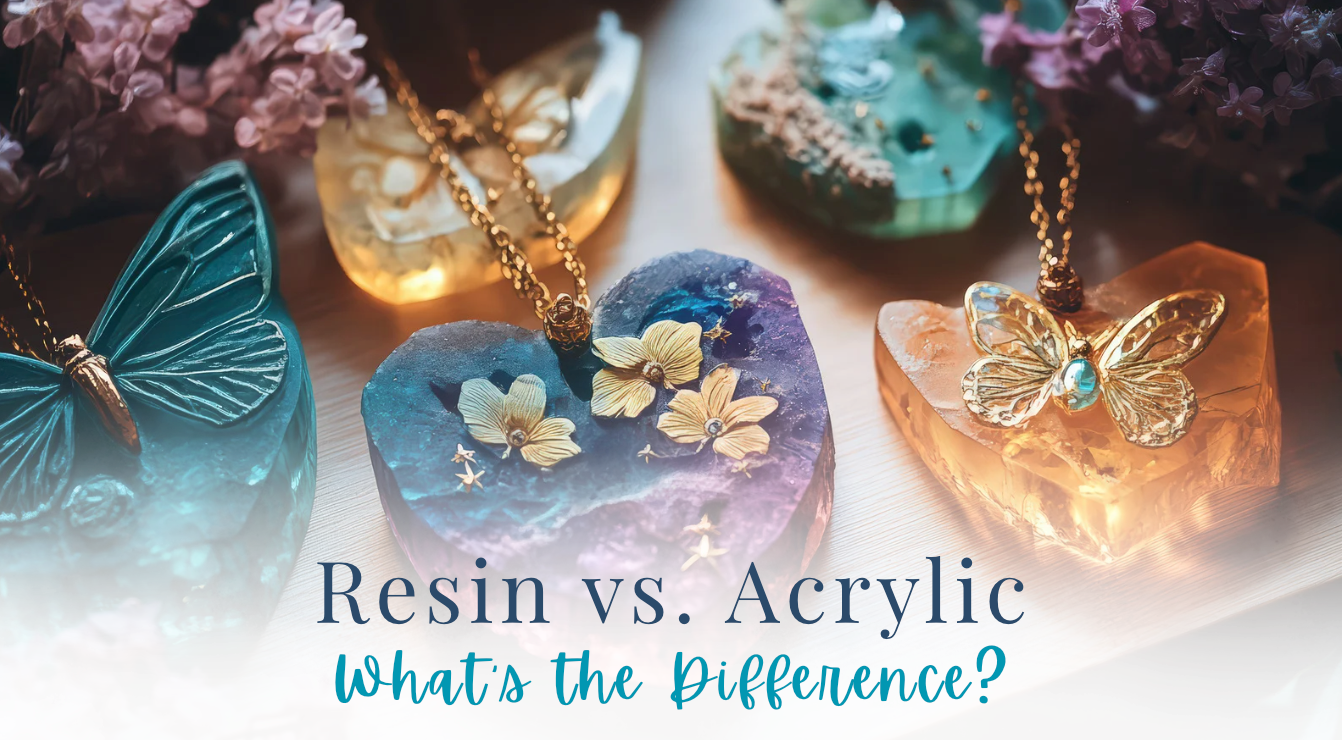

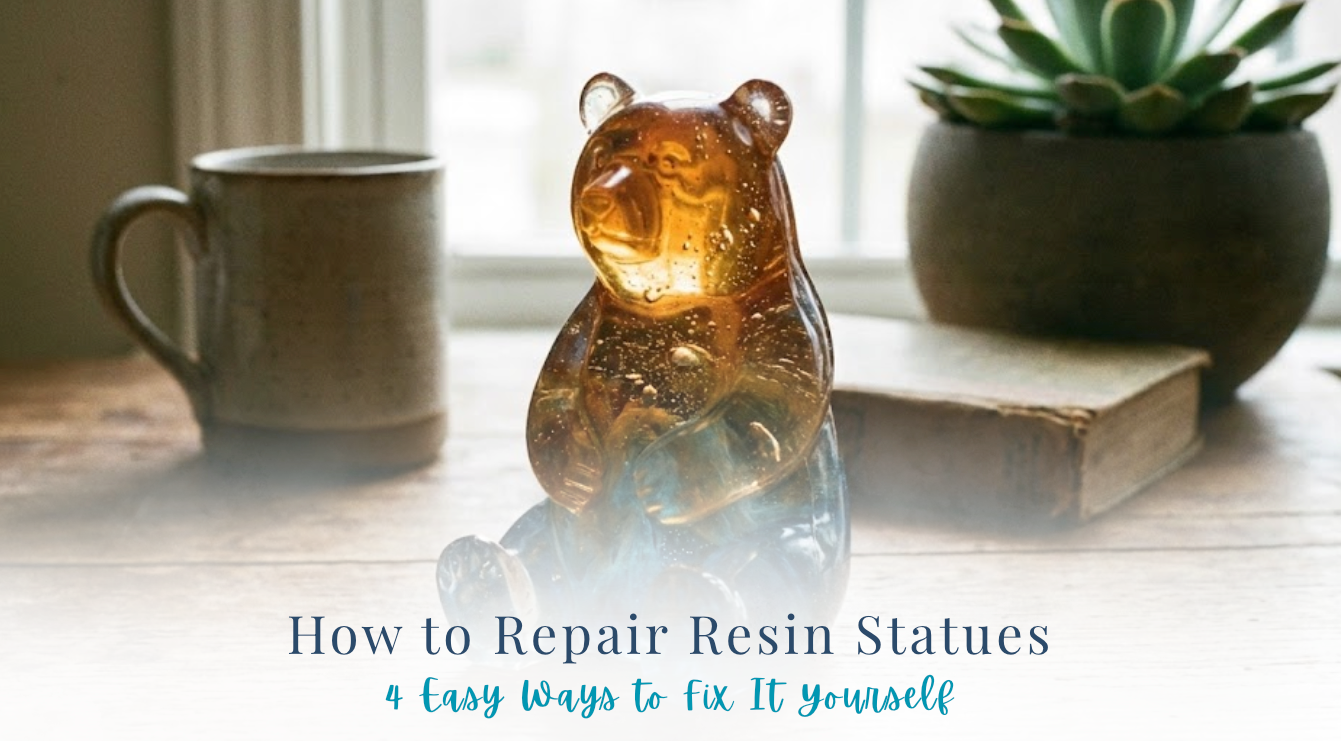

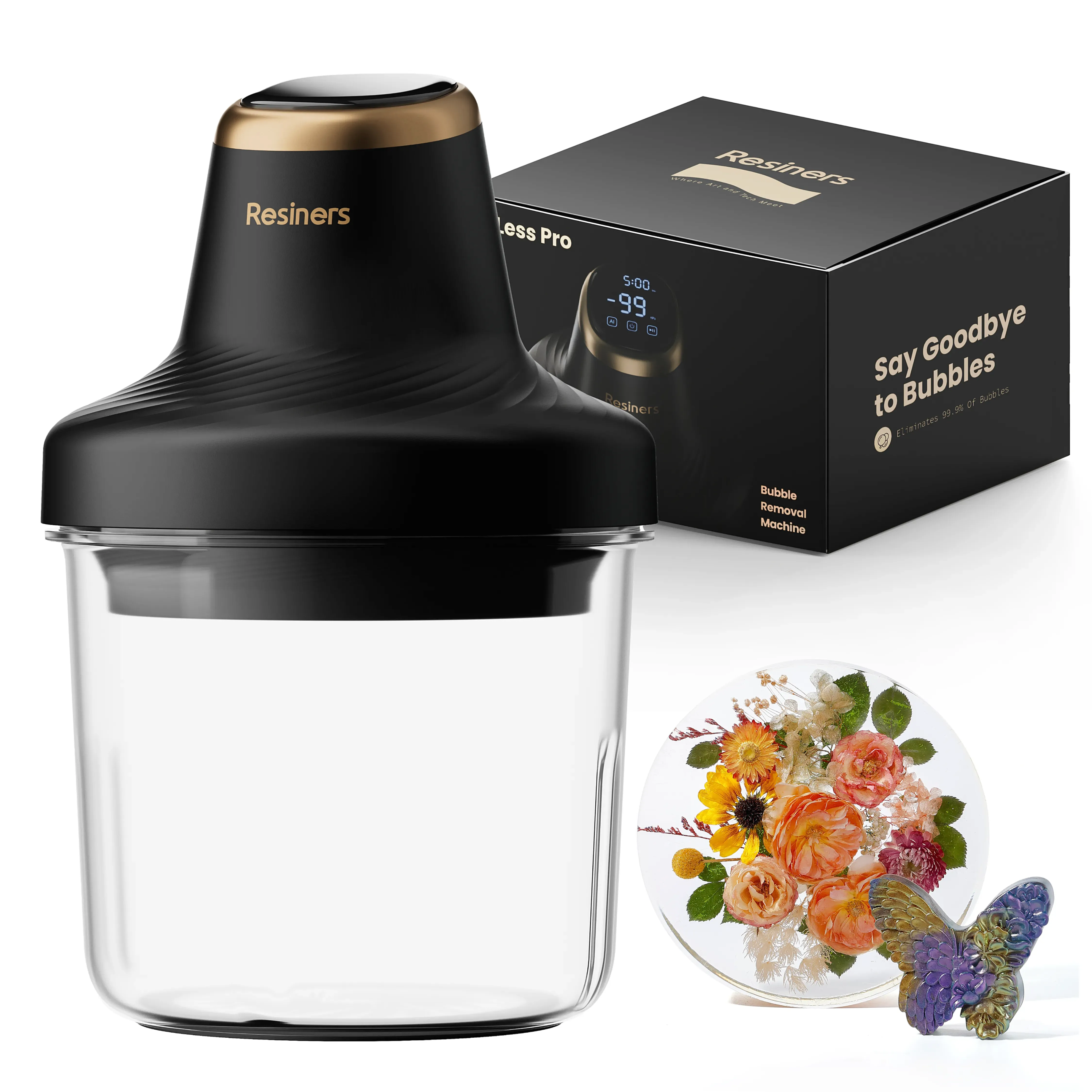



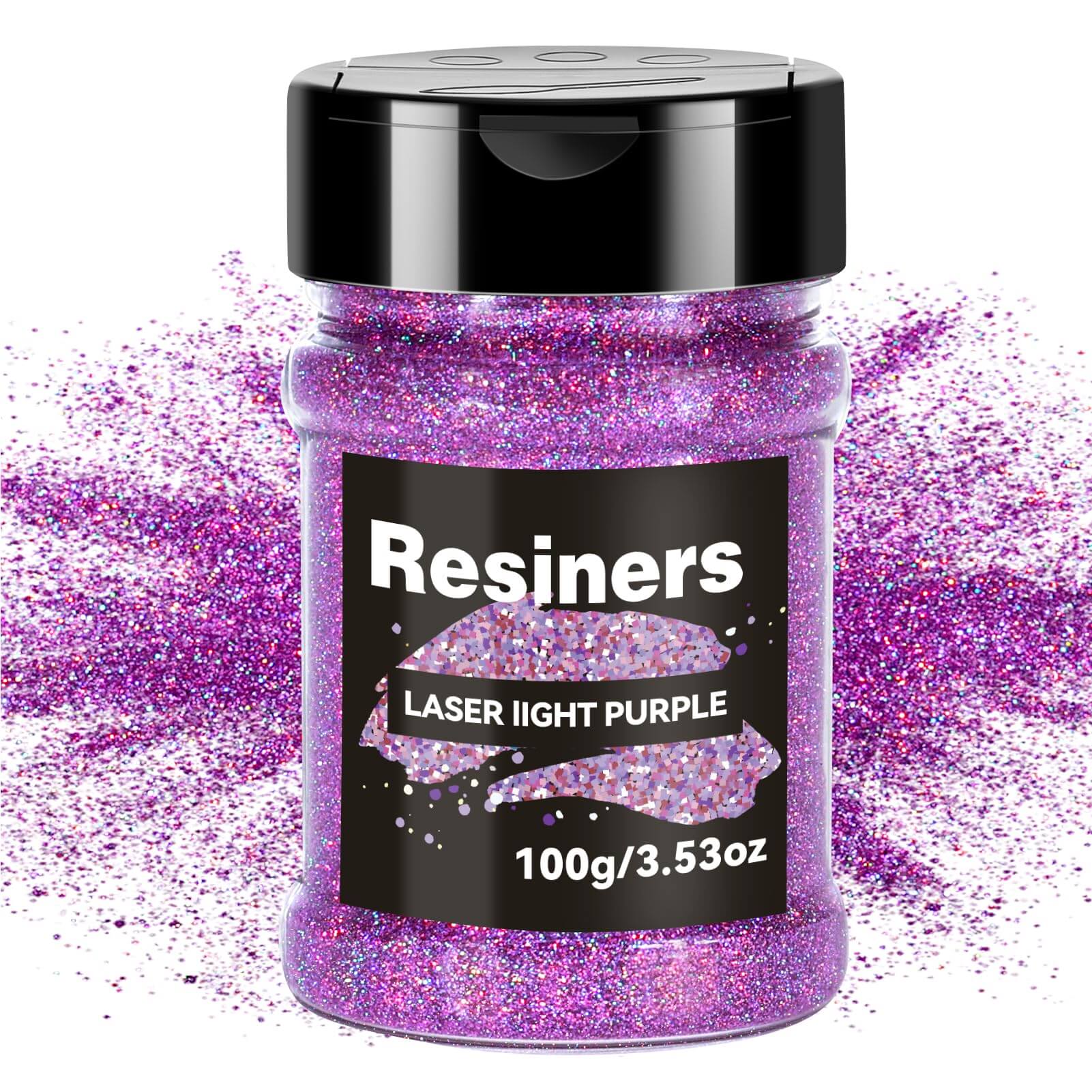
Leave a comment
This site is protected by hCaptcha and the hCaptcha Privacy Policy and Terms of Service apply.